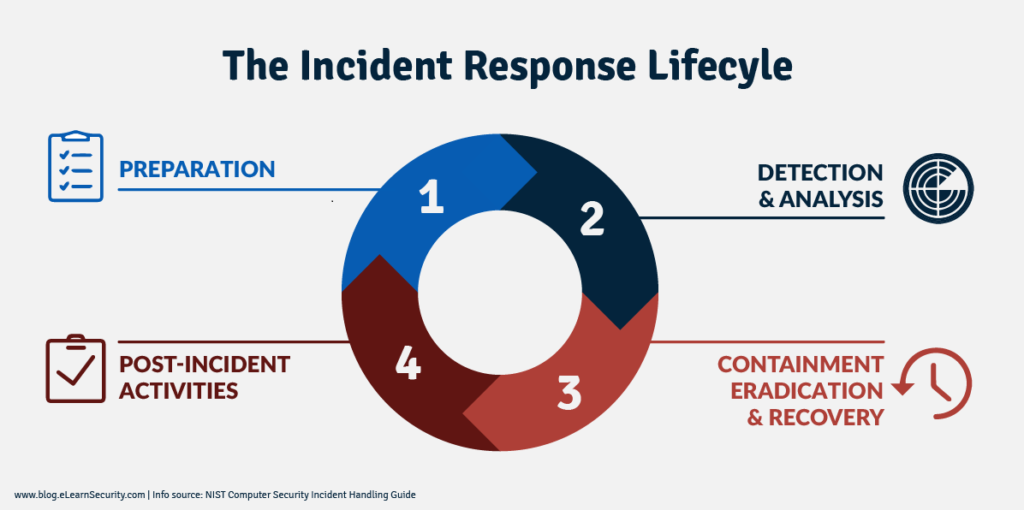
Containment refers to the limiting and preventing of further damage to a computer system or network. Containment is a part of incident response, right before the eradication of the threat. Examples of containing a cyber security incident include: Blocking and logging of unauthorized access, blocking malware sources, closing specific ports and servers, changing administrator passwords, relocating website home pages, and isolating systems or networks.
Your business needs to take proactive measures today to first reduce its chances of being hit by ransomware, phishing, or other cybersecurity attacks. Secondly, validate backups and disaster recovery plans are current and functioning in case you end up hit with ransomware. CyberHoot recommends the following best practices to avoid, prepare for, and prevent damage from these attacks:
Start building your robust, defense-in-depth cybersecurity plan at CyberHoot.
Related Terms: Eradication, Recovery, Revision
Source: Bluegrass Cyber Security
Discover and share the latest cybersecurity trends, tips and best practices – alongside new threats to watch out for.

Cybercriminals always follow Internet eyeballs. Not literally, but figuratively. And today's eyeballs are...
Read more
Active Attacks on Messaging Apps The Cybersecurity and Infrastructure Security Agency (CISA) recently issued...
Read more
The world of work has changed enormously since COVID-19. Gone are the days when IT admins sat behind a corporate...
Read moreGet sharper eyes on human risks, with the positive approach that beats traditional phish testing.
